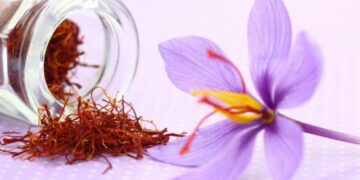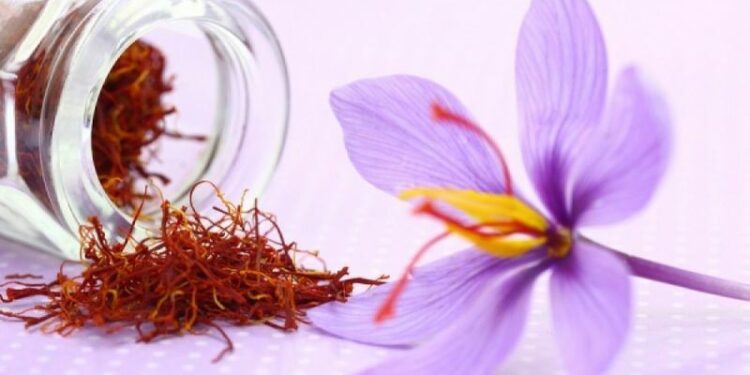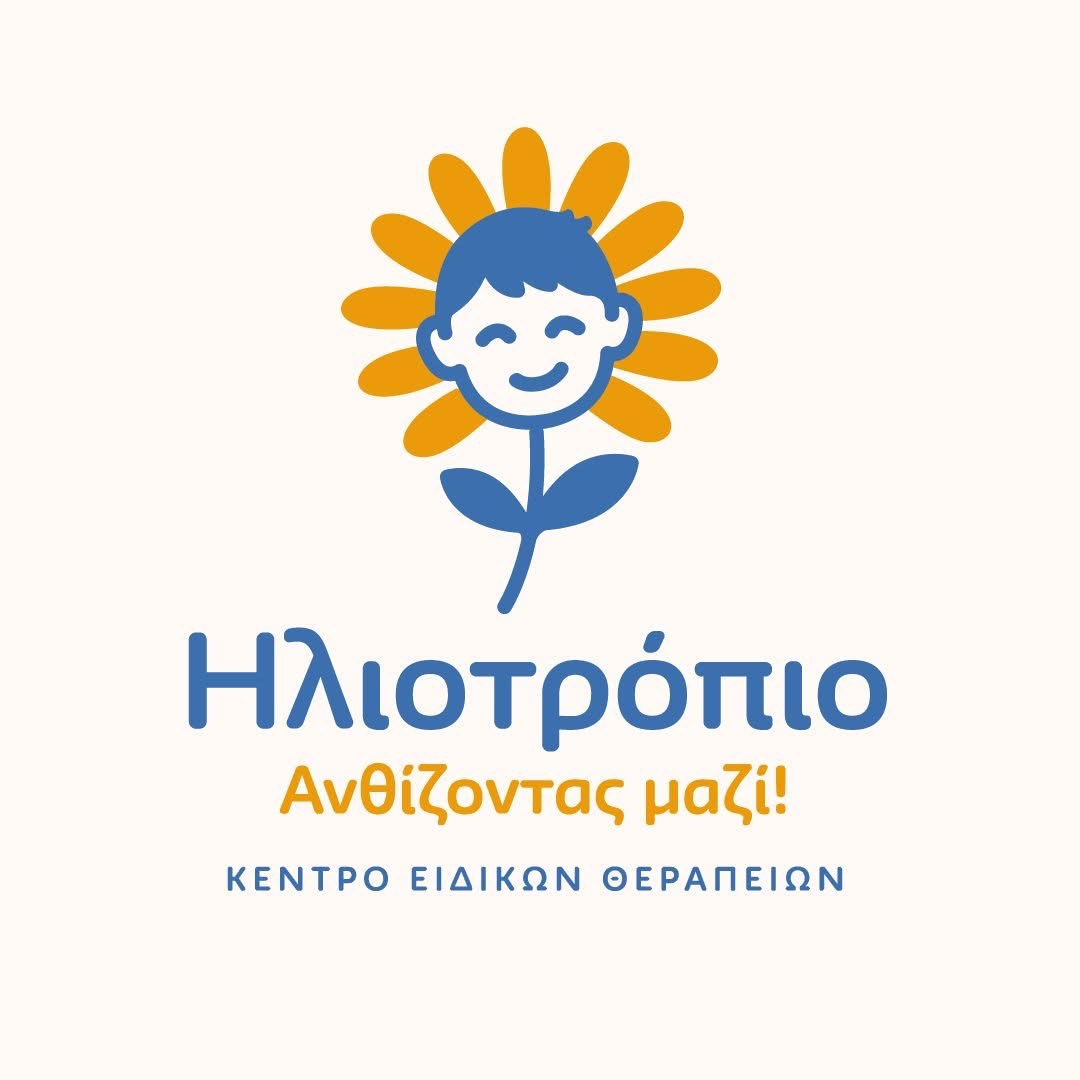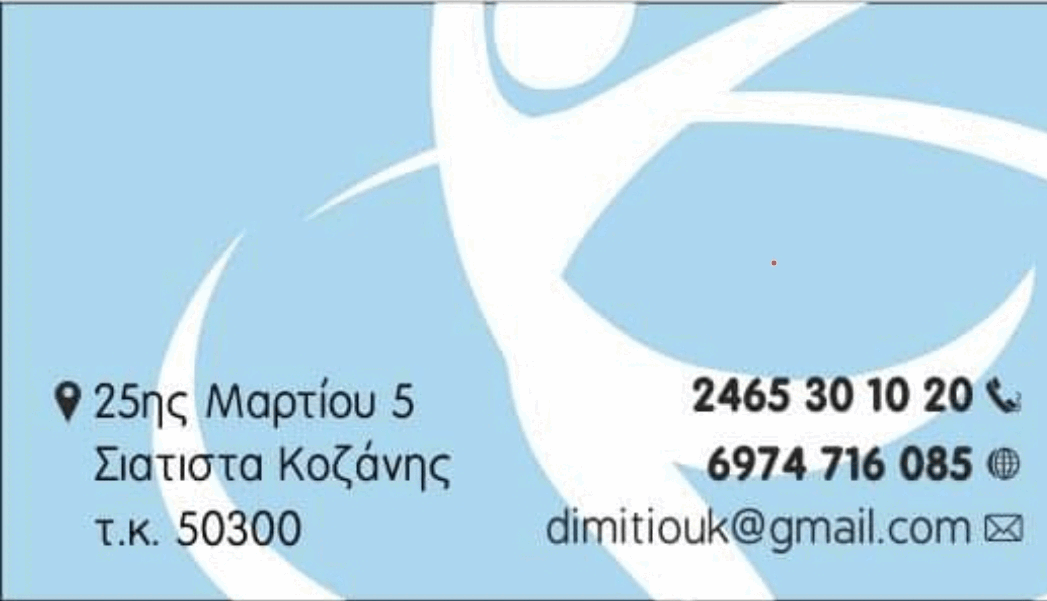Η προστατευόμενη ονομασία προέλευσης (ΠΟΠ) εγγυάται ότι όλα τα στάδια της διαδικασίας παραγωγής, μεταποίησης και παρασκευής πραγματοποιούνται στη συγκεκριμένη περιοχή.
Ο κρόκος Κοζάνης ΠΟΠ, ή ελληνικό σαφράν (ζαφορά), είναι γνωστός για την εξαιρετική του ποιότητα, το ζωηρό του χρώμα και την έντονη γεύση του. Έχει διάφορες χρήσεις, και η συγκομιδή, η ξήρανση και η συσκευασία του γίνεται σύμφωνα με ειδική μέθοδο που χρονολογείται από την αρχαιότητα.
Ιστορία
Ο κρόκος (ή το λουλούδι κρόκου), από το οποίο παράγεται το σαφράν, συλλεγόταν ήδη από την Μινωική περίοδο (2.600 – 1.100 π.Χ.). «Οι συλλέκτριες κρόκου», μια τοιχογραφία που χρονολογείται από το 1.600 π.Χ., δείχνει νεαρές γυναίκες που συλλέγουν κρόκο, αντικατοπτρίζοντας έτσι τη σημασία που είχε ήδη από εκείνη την εποχή.
Συλλογή κρόκου, μινωική περίοδος στην Ελλάδα
Η συλλογή κρόκου απαντάται ήδη στην μινωική περίοδο στην Ελλάδα. «Οι συλλέκτριες κρόκου» τοιχογραφία του 1.600 π.Χ. – Δικαιώματα πνευματικής ιδιοκτησίας: Yann Forget / Wikimedia Commons / CC-BY-SA-3.0
Επιπλέον, αναφορά στα άνθη και στα στίγματα του κρόκου απαντάμε στα πρώτα λογοτεχνικά κείμενα, όπως τα έργα του Ομήρου ή η Παλαιά Διαθήκη, καθώς και στην ελληνική μυθολογία. Ο θεός Ερμής (γιος του Δία, αγγελιοφόρος των θεών και θεός του εμπορίου) εξασκούνταν στη δισκοβολία μαζί με τον καλό του φίλο Κρόκο, έναν νεαρό θνητό. Κάποια στιγμή, ο Ερμής τραυμάτισε θανάσιμα τον Κρόκο στο κεφάλι. Καθώς ο Κρόκος έπεφτε νεκρός, ο Ερμής αποφάσισε να του χαρίσει την αθανασία μεταμορφώνοντας το άψυχο κορμί του φίλου του σ’ ένα πανέμορφο μοβ λουλούδι και το αίμα του σε τρία κόκκινα στίγματα στο κέντρο του λουλουδιού.
Παραγωγή
Σήμερα, το ελληνικό σαφράν προέρχεται αποκλειστικά από την περιοχή της Κοζάνης. Η καλλιέργειά του στην περιοχή αυτή χρονολογείται από τον 17ο αιώνα, καθώς, οι ιδιαίτερες εδαφοκλιματολογικές συνθήκες που επικρατούν εκεί (αποστραγγιζόμενο, μετρίως εύφορο έδαφος, θερμό εύκρατο κλίμα), σε συνδυασμό με τις εξειδικευμένες γνώσεις για την καλλιέργεια και τη συγκομιδή των φυτών, δίνουν ένα προϊόν εξαιρετικής ποιότητας.
Τα άνθη του κρόκου αρχίζουν να εμφανίζονται στα μέσα Οκτωβρίου για 20 έως 25 ημέρες. Κατά τη συγκομιδή, τα άνθη συλλέγονται προσεκτικά με το χέρι, από την ανατολή μέχρι τη δύση σχεδόν του ήλιου, μέσα σε ποδιές ή σε καλάθια.
Στη συνέχεια συγκεντρώνονται σε ένα ειδικό τραπέζι και, με τη βοήθεια ηλεκτρικού ανεμιστήρα, χωρίζονται οι στήμονες και τα στίγματα από το υπόλοιπο άνθος. Το σημαντικότερο και δυσκολότερο μέρος είναι η ξήρανση, η οποία απαιτεί ιδιαίτερη προσοχή και δεξιότητα. Εάν δεν γίνει σωστά, η ποιότητα και τα ιδιαίτερα χαρακτηριστικά του προϊόντος μπορεί να αλλάξουν.
Τα νωπά στίγματα τοποθετούνται σε λεπτές στρώσεις πάνω σε κόσκινα με βάση από μετάξι. Στη συνέχεια, μεταφέρονται σε καλά αεριζόμενους, θερμαινόμενους χώρους. Οι εργασίες αυτές γίνονται εξολοκλήρου με το χέρι και διαρκούν από 20 έως 60 ημέρες. Μετά την ξήρανσή του, το προϊόν υποβάλλεται σε διαλογή και καθαρισμό και τοποθετείται σε δοχεία για την παράδοσή του στον συνεταιρισμό. Όλη αυτή η διαδικασία θα πρέπει να έχει ολοκληρωθεί έως τα τέλη Μαρτίου.
Μόλις παραδοθεί στον συνεταιρισμό, ο κρόκος ελέγχεται κυρίως για το επίπεδο υγρασίας, λόγω του κινδύνου διάδοσης των μυκήτων, γεγονός που θα μπορούσε στη συνέχεια να υποβαθμίσει την ποιότητα του προϊόντος. Το επίπεδο υγρασίας δεν πρέπει να είναι υψηλότερο από 8 έως 11,5 %. Πραγματοποιούνται επίσης συμπληρωματικοί έλεγχοι για να διασφαλιστεί ότι δεν υπάρχουν ξένες ύλες ή ότι η ποσότητα της γύρης δεν είναι πολύ υψηλή.
Μόλις περάσει με επιτυχία όλους τους ελέγχους, ο κρόκος συσκευάζεται. Για χρήση ως καρύκευμα παρουσιάζεται συνήθως σε συσκευασία του ενός, δύο, τεσσάρων ή 28 γραμμαρίων. Ωστόσο, μπορεί επίσης να πωλείται σε μικρότερες ποσότητες σε μορφή σκόνης – από 0,25 έως ένα γραμμάριο.
Ο κρόκος χρησιμοποιείται κυρίως στη μαγειρική, σε μικρές ποσότητες λόγω της έντονης γεύσης του. Χρησιμοποιείται συχνά για τον αρωματισμό του ρυζιού που συνοδεύει ψάρι ή κοτόπουλο, για παράδειγμα. Ωστόσο, η έντονη χρωστική του ικανότητα, ιδιαίτερα ισχυρή στον κρόκο Κοζάνης ΠΟΠ, έχει ως αποτέλεσμα να χρησιμοποιείται επίσης στην παρασκευή χρωμάτων ή στη βαφή ενδυμάτων. Λόγω των θεραπευτικών ιδιοτήτων που του αποδίδουν, ο κρόκος απαντάται στη σύνθεση καλλυντικών ή φαρμακευτικών προϊόντων.
Πηγή:in.gr
































